EMS
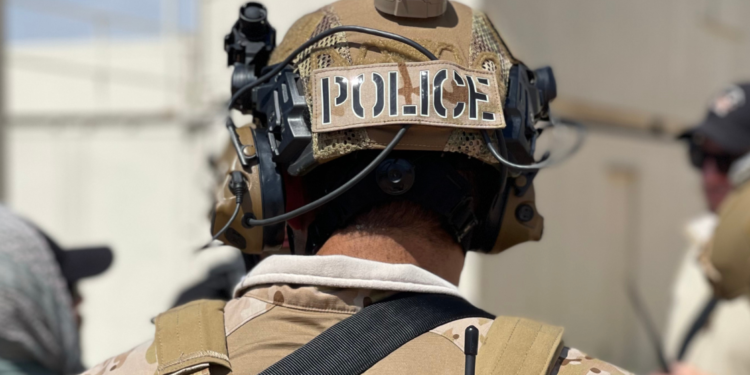
How mobile mesh can aid fugitive apprehension
On June 6th, 2015, Richard Matt and David Sweat, were discovered missing at 5:17 a.m. from the Clinton Correctional Facility in upstate New York. Matt was serving 25 years to life and Sweat was serving life without parole. Following their escape, a three-week manhunt ensued. After three weeks, more than
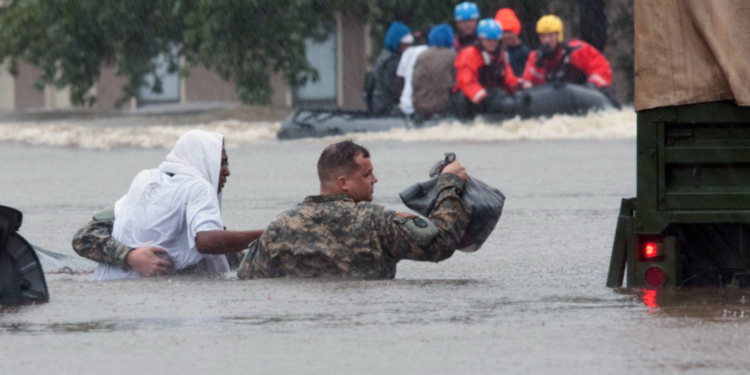
Mobile mesh brings it all together for the National Guard
When massive natural disasters strike our nation, or when other large emergency scenarios occur, National Guard units from across the country and representing multiple different states, will often be mobilized to respond. The nature of the National Guard and the work that it does can create some unique challenges when
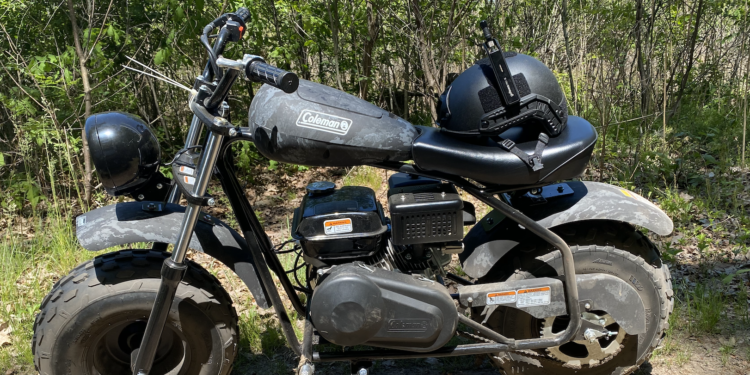
Hitching a ride – how to mount mobile mesh radios to ground vehicles, and why you’d want to
When we talk about deploying mobile mesh networking radios or nodes to warfighters, emergency and first responders, and law enforcement officials, it usually involves handing a node to an individual. That individual then connects the node to their mobile device either via Bluetooth or wire and then carries it with
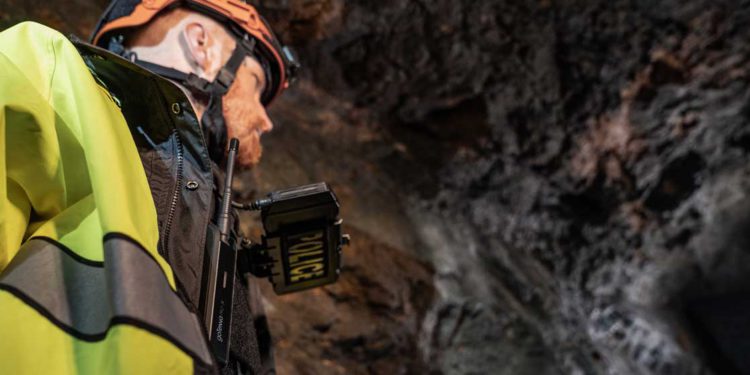
Mobile mesh goes deep—3 ways mobile mesh networking enables comms and situational awareness underground
In our last article in The Last Mile, we discussed how military and disaster response operations in subterranean environments— such as basements, tunnels, and underground structures, can face communications and situational awareness challenges. And these underground communications challenges can happen anywhere, even in areas that traditionally have reliable terrestrial and
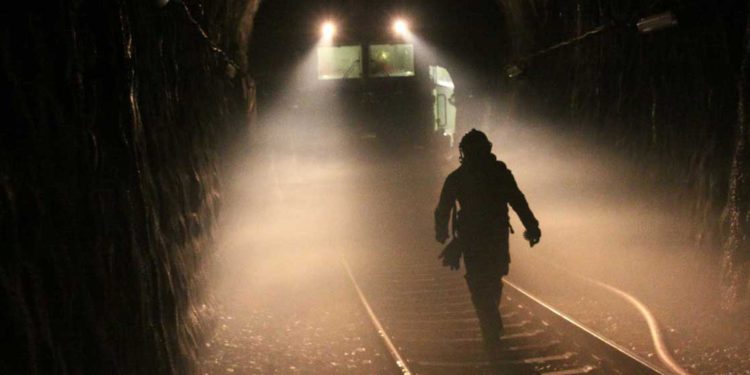
Sounds from the underground – the comms challenges presented by tunnels
In previous articles on The Last Mile, we’ve explored how emergency and disaster response scenarios can create communications and situational awareness challenges for first responders and emergency personnel, especially in places where hurricanes, wildfires, or tornadoes have destroyed network infrastructure. We’ve also looked at how warfighters and other military tactical
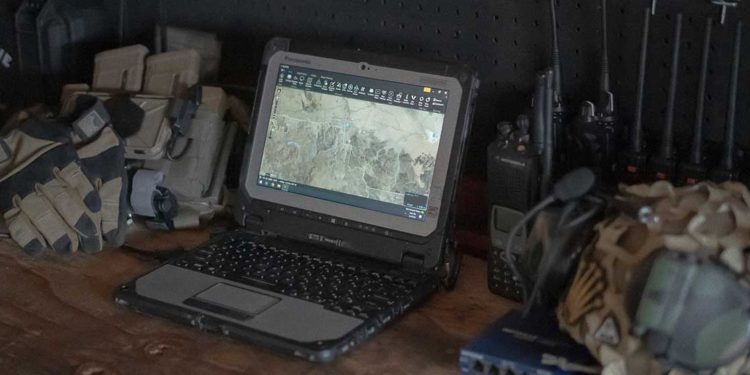
Mojave Repeater on the role of mobile mesh in survival and emergency preparedness
With the sun’s warmth caressing your left side and the uneven rhythm of tires gliding across the pavement beneath your feet, you peer through your rearview mirror to glance at your family’s eager faces as you drive down a road in the middle of nowhere to get to your vacation
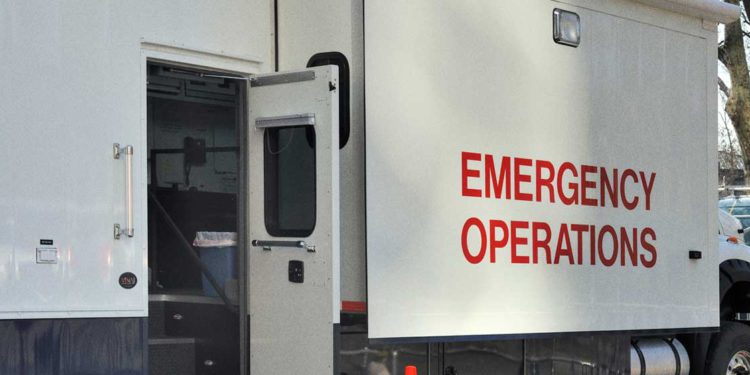
Why the first 15 minutes after a disaster are the most critical
Whether an 18-wheeler containing hundreds of pounds of hazardous material crashes on a highway or a category 4 hurricane hits a coastal town leaving a trail of devastation in its wake, the first 15 minutes after a disaster are by far the most critical in any response operation. While each
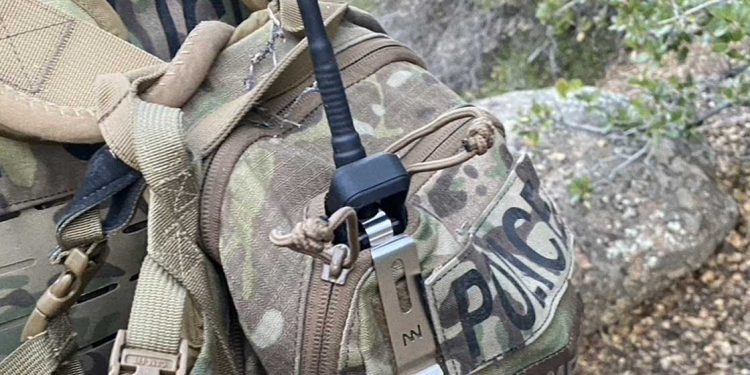
VTC sees benefits of mobile mesh for off-grid tactical operations
From urban landscapes to rugged terrains, American military, law enforcement and emergency response operations are often conducted in extremely varied, dynamic, and unpredictable environments. On any given workday, a first responder could be called upon to repel down the side of a skyscraper or extract an injured hiker from the

Connecting rural hospitals in remote areas of the Philippines with mobile mesh networking
While the impact of COVID-19 was felt early on in America’s large cities and urban, metro areas, it became clear that the disease would know no borders and that geographic distance couldn’t slow its spread. But this isn’t a challenge limited only to our country. Around the world, healthcare organizations
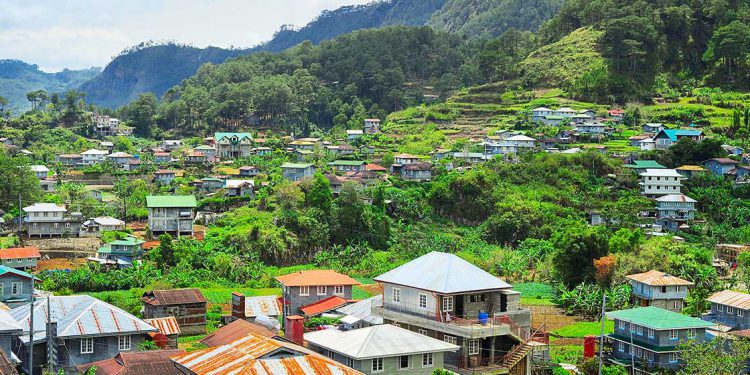
How mesh networks can keep rural hospitals from overcrowding during COVID
The ongoing COVID-19 pandemic has created a number of difficult and unique challenges for healthcare providers and hospitals – and few have been as impacted from an operations and financial perspective as rural hospitals in remote areas. In addition to the financial impact of losing 30 percent or more of



